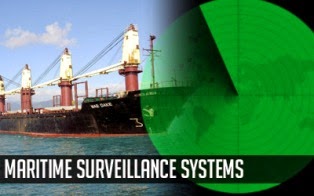
Nowadays, there are plenty of maritime surveillance systems being used by various companies. The Maritime Surveillance core system is a very important tool for maintaining 24-hour vessel surveillance and managing multiple restricted zones through a user-friendly interface.
This is a state-of-the-art monitoring tool which is capable of processing and displaying vessel tracking data for an entire national fleet and vessels in a given zone no matter what the satellite provider is. Some of the features these systems have include zone management, auditing of outlaw behavior and detection of prohibited actions.
This is also a tool to manage maritime traffic. It monitors coastal and at sea vessels simultaneously through one interface. In fact, within a zone, it can monitor more than 20,000 vessels.
These systems likewise have a search and rescue building block which ensures efficient search and rescue operations. This feature is capable of using the latest position sent by the vessel’s reporting systems, combined with ocean current data as well as wind direction in order to simulate the most likely drift path. This simulation is a very crucial indicator for search and rescue professionals when planning for a rescue mission.
Another feature of a maritime surveillance system is the cost-efficient technology for detecting illegal oil pollution. This technology provides satellite-radar imagery which indicates the presence of an oil spill in a client-defined zone.
To learn more about this, check out olivegroup.com.



